By the mid-1950s, Plymouth had grown tired of trailing Ford and Chevrolet in the horsepower conversation. So in 1956, they dropped the Fury—a limited-production, high-compression V8 coupe that didn’t just look quick; it was built to chase down the big names. Unlike Plymouths of the past, the Fury wasn’t aimed at value buyers—it had one goal: catch up and pass the V8 leaders of the day. And while it only came in one color and one body style, it kicked off a performance push that would ripple through Detroit. Here’s who the Fury set its sights on.
1956 Plymouth Fury: The First Shot Fired
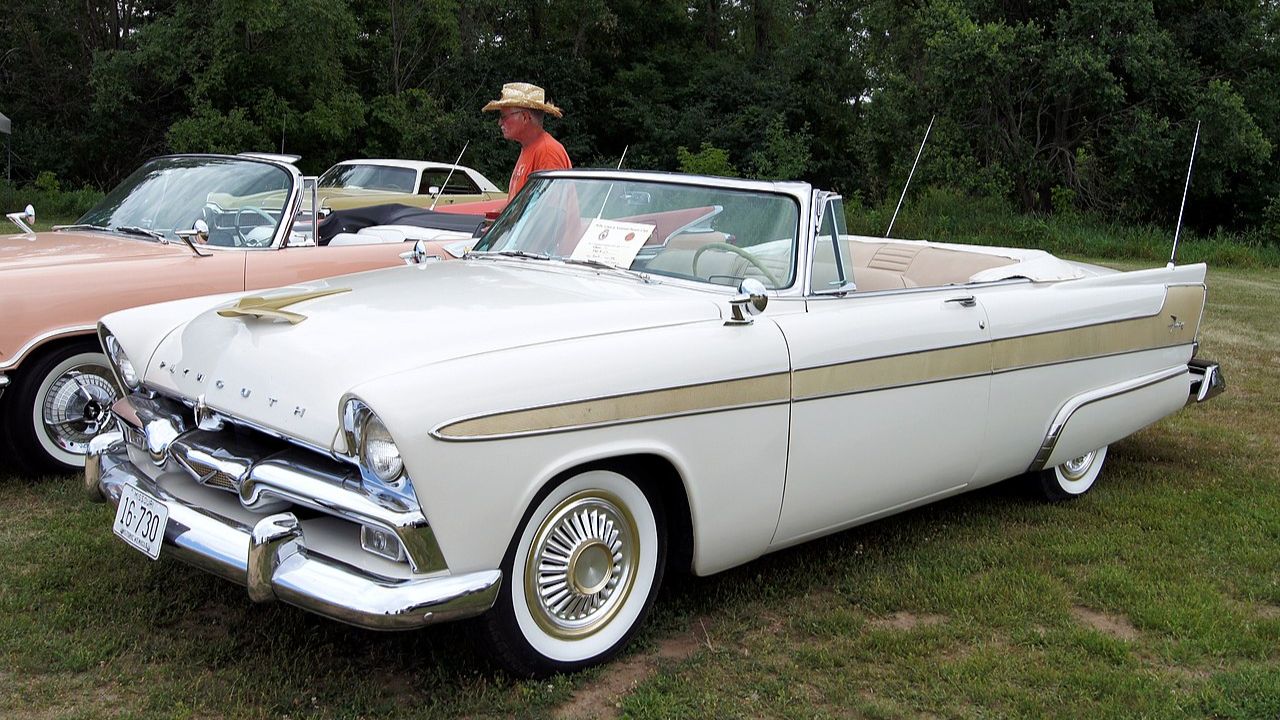
Plymouth launched the Fury late in the 1956 model year as a high-performance special based on the Belvedere hardtop. It came only in Sand Dune White with gold anodized trim and packed a 303-cubic-inch V8 with dual four-barrels, pushing 240 hp. That was serious heat for the era. A stiffer suspension and lightweight aluminum body panels helped it corner better than most full-sizers of the time. Inside, you got gold vinyl upholstery and a sportier dash—subtle reminders that this wasn’t your neighbor’s standard Plymouth. It marked the brand’s first real effort to gun down Ford’s V8 dominance.
1956 Ford Fairlane Crown Victoria: The Rival in Its Sights
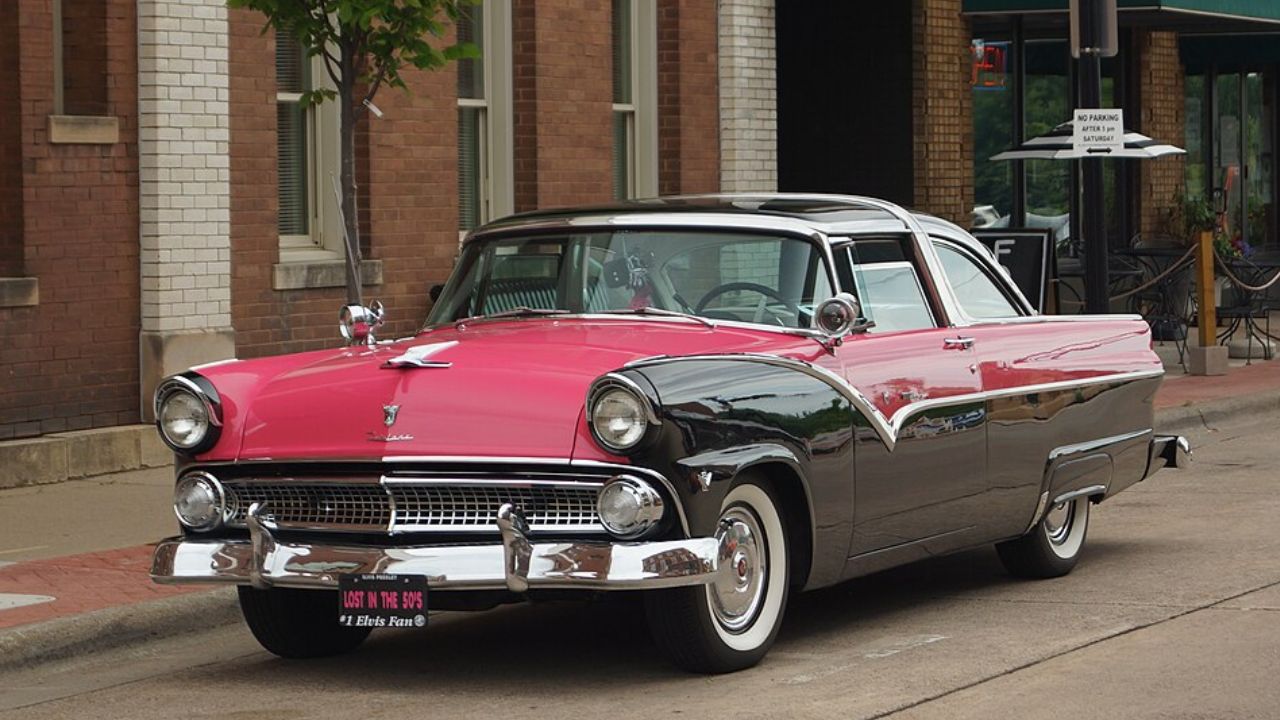
Ford’s Fairlane Crown Vic was the top of the line in ‘56, and while it looked flashy with its stainless-steel roof band and two-tone paint, its muscle came from the 292 or 312 cubic-inch Y-block V8. The Thunderbird Special option cranked out up to 225 hp—plenty for mid-‘50s street action. Unlike the Fury’s leaner approach, the Fairlane was more about style and status. But it was still part of the V8 horsepower wars, and it set the benchmark that Plymouth was now actively trying to chase—and beat.
1956 Chevrolet Bel Air: The Other Target
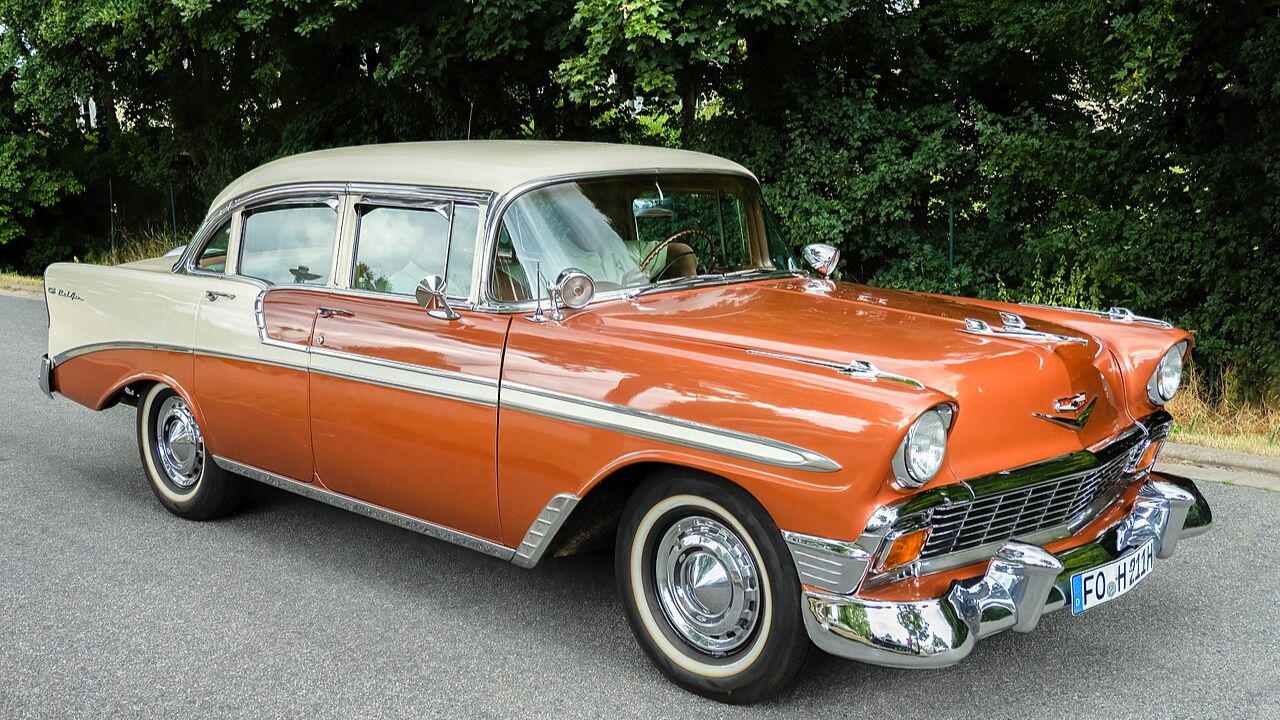
Chevy’s Bel Air was arguably the king of the street in 1956, riding the wave of its small-block success. The 265 cubic-inch V8 could be had with dual quads and up to 225 hp, though it wasn’t quite as aggressive from the factory as the Fury. Still, the Bel Air’s balance of style, power, and price made it tough to ignore. Plymouth’s challenge was to outgun this do-everything favorite without Chevrolet’s deep dealer network or brand loyalty. The Fury may have looked like a limited-run oddball, but it was aimed squarely at cars like this.
1957 Mercury Turnpike Cruiser: A Bigger Foe
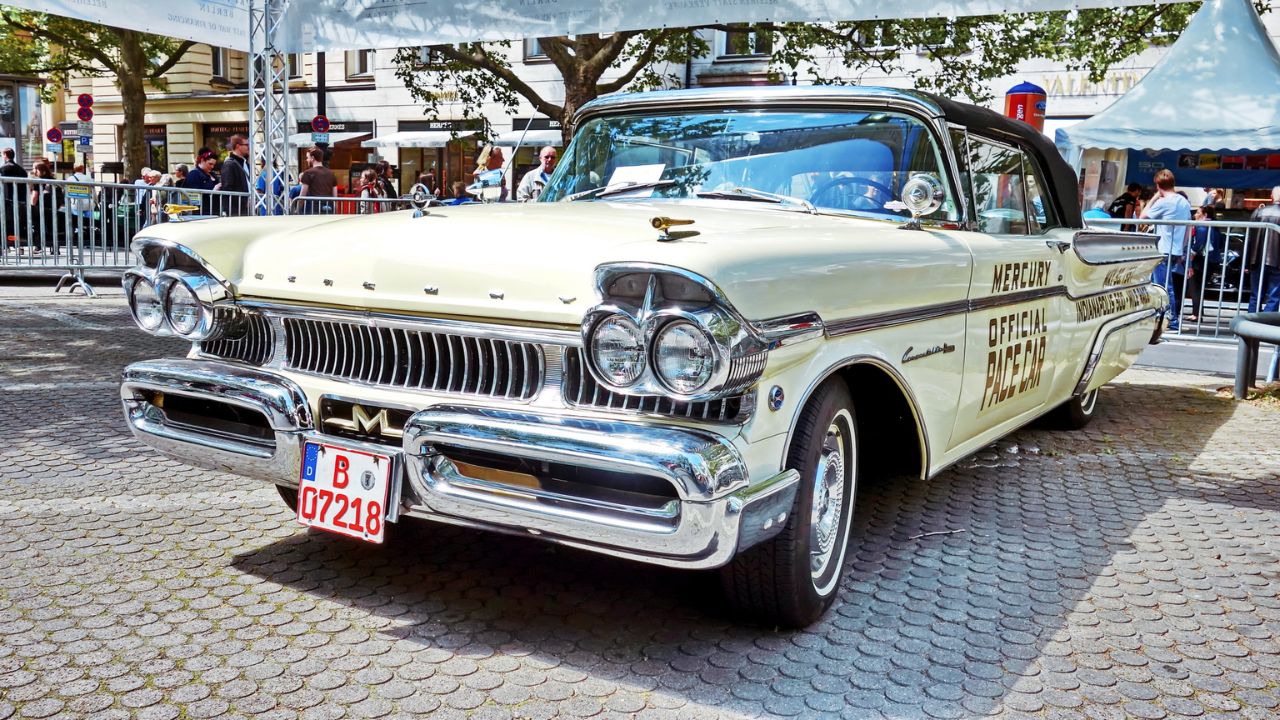
Mercury wasn’t gunning for street races, but the Turnpike Cruiser brought 368 cubic inches and a four-barrel carb rated at 290 hp. That’s more than what the Fury offered, though the Merc’s extra size worked against it. Still, the Cruiser was another example of how nearly every mid-to-upper-tier American brand was stacking power under the hood. Plymouth’s approach was more bare-knuckles—less weight, tighter gearing, and stiffer suspension—but cars like the Turnpike Cruiser showed how fast the V8 arms race was escalating across the industry.
1956 Dodge D-500: Same Family, Different Strategy
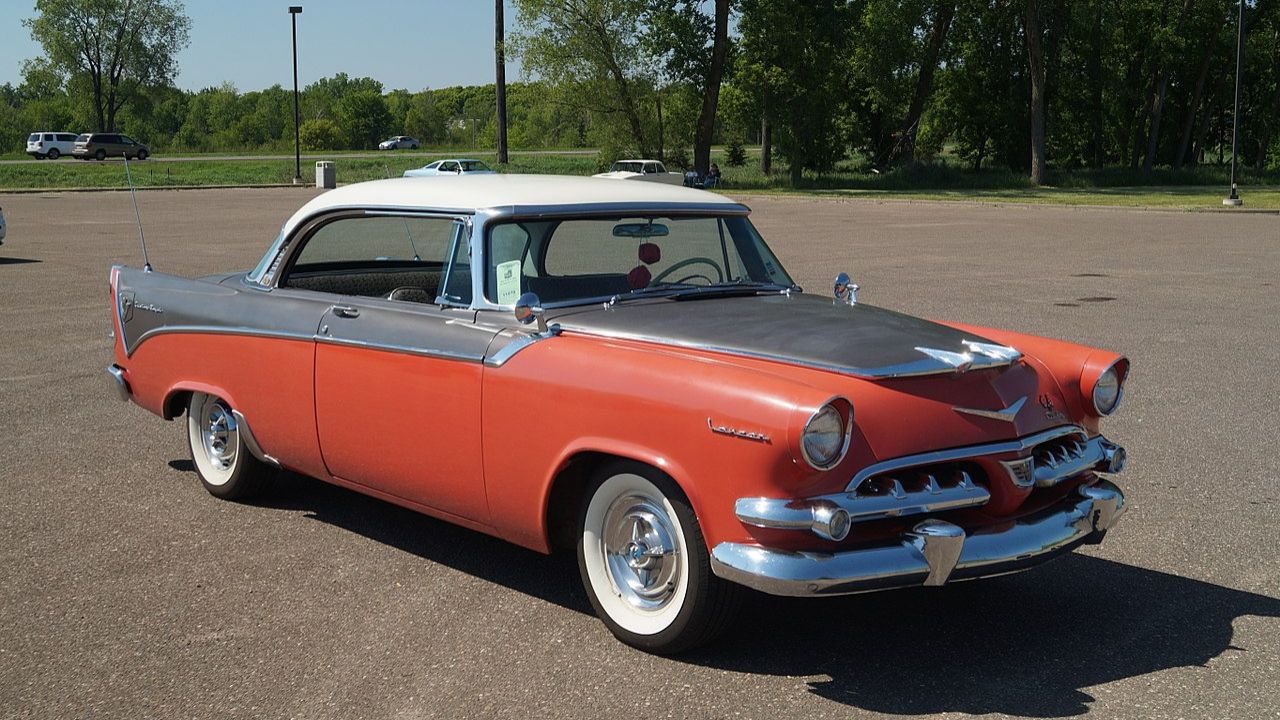
Under the Chrysler umbrella, Dodge launched the D-500 in ‘56 as a performance-oriented package that included a 315 cubic-inch HEMI with 260 hp. It shared some mechanical DNA with the Fury but leaned heavier on drag-strip performance. It came with beefier brakes and a sport-tuned suspension, but it also had the option of a PowerFlite automatic. While the Fury was high-strung and specialized, the D-500 was broader in scope. But both cars represented Chrysler’s move to punch back at Ford and GM by making speed available to more than just luxury buyers.
1956 Chrysler 300B: The Corporate Sledgehammer
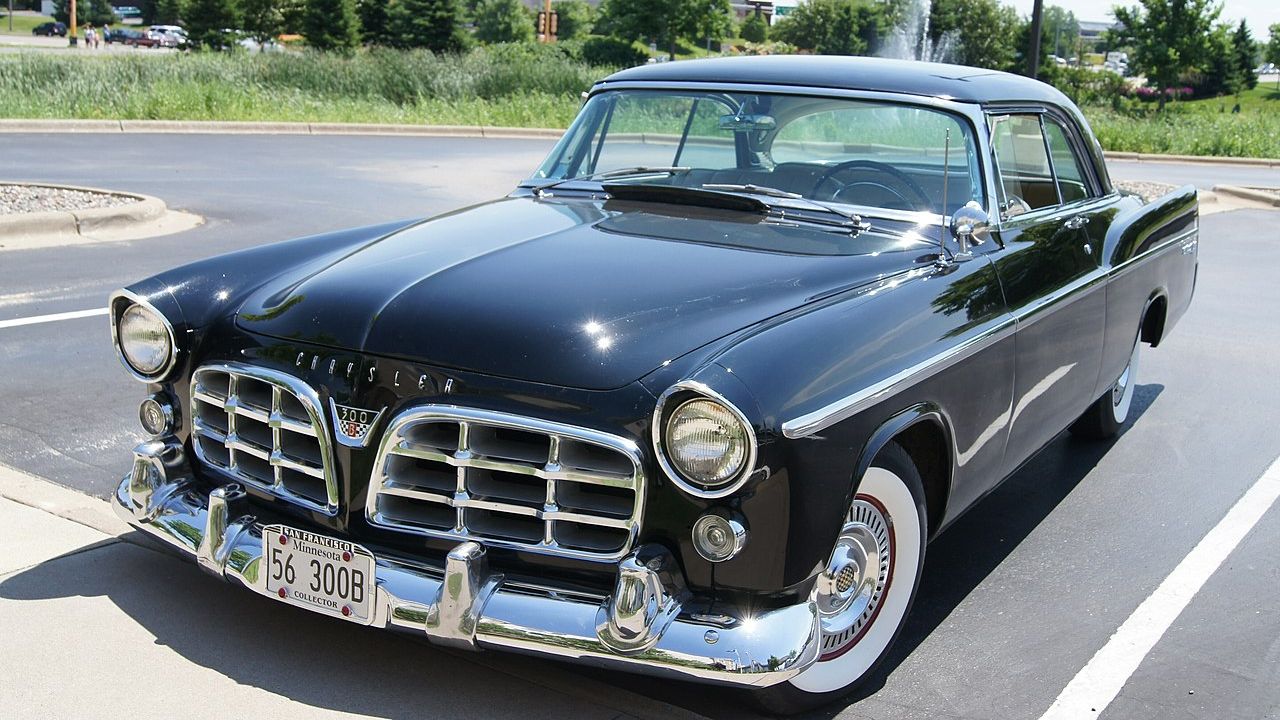
The Chrysler 300B wasn’t playing in the same price bracket, but it proved what Chrysler engineering was capable of when not constrained by cost. With up to 355 hp from a dual-quad 354 HEMI, the 300B was brutally quick for its size. It wasn’t meant to compete directly with the Fury, but its existence gave the brand credibility. Plymouth could claim its engineers had access to the same DNA, even if the Fury was down nearly 100 hp. The 300B showed what Chrysler could do when the gloves came off.
1957 Ford Custom 300 “Police Interceptor”
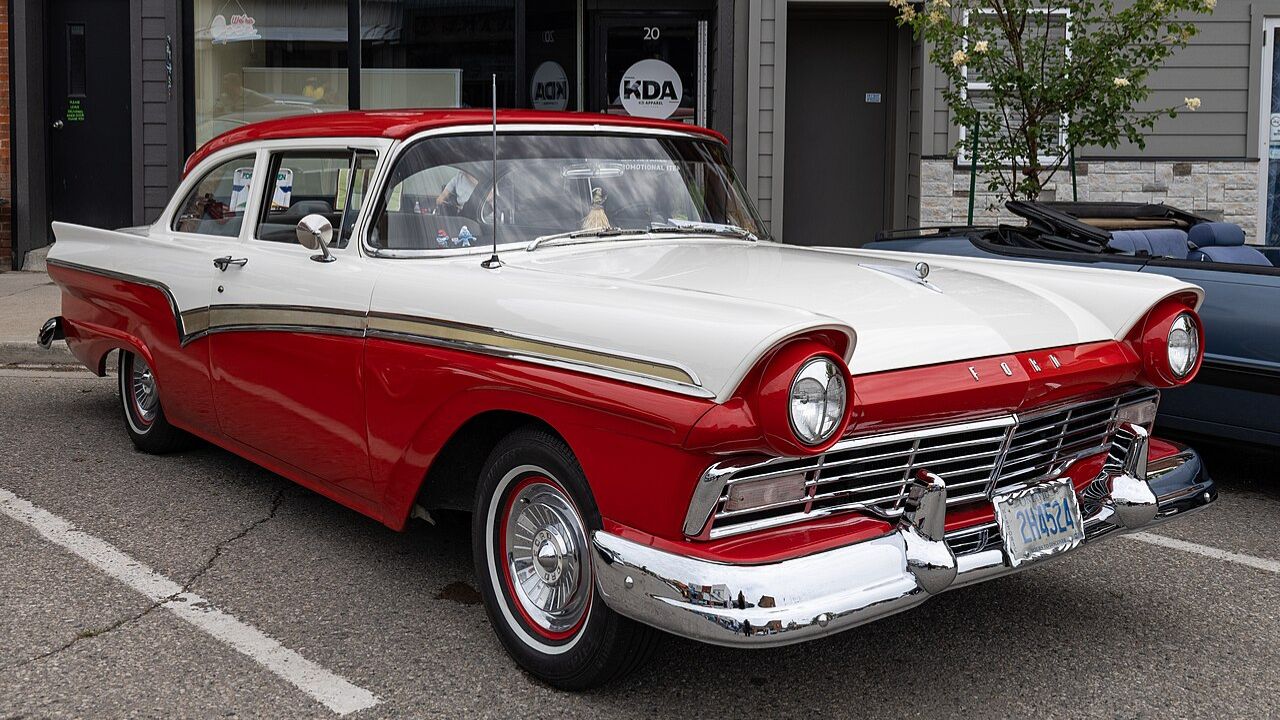
The ‘57 Ford Custom 300 wasn’t flashy, but with the optional 312 Y-block Interceptor engine, it had muscle underneath its plain clothes. This was Ford’s way of sneaking performance into a stripped-down package, just like Plymouth had done with the Fury. With around 270 hp available, especially in law enforcement trim, this version was no slouch. It previewed a trend that would stretch into the ‘60s: lightweight, big-power sedans without the usual trim overload. The Fury may have fired first, but Ford clearly understood the formula—and was refining it fast.
1957 DeSoto Adventurer: Fury’s Upscale Cousin
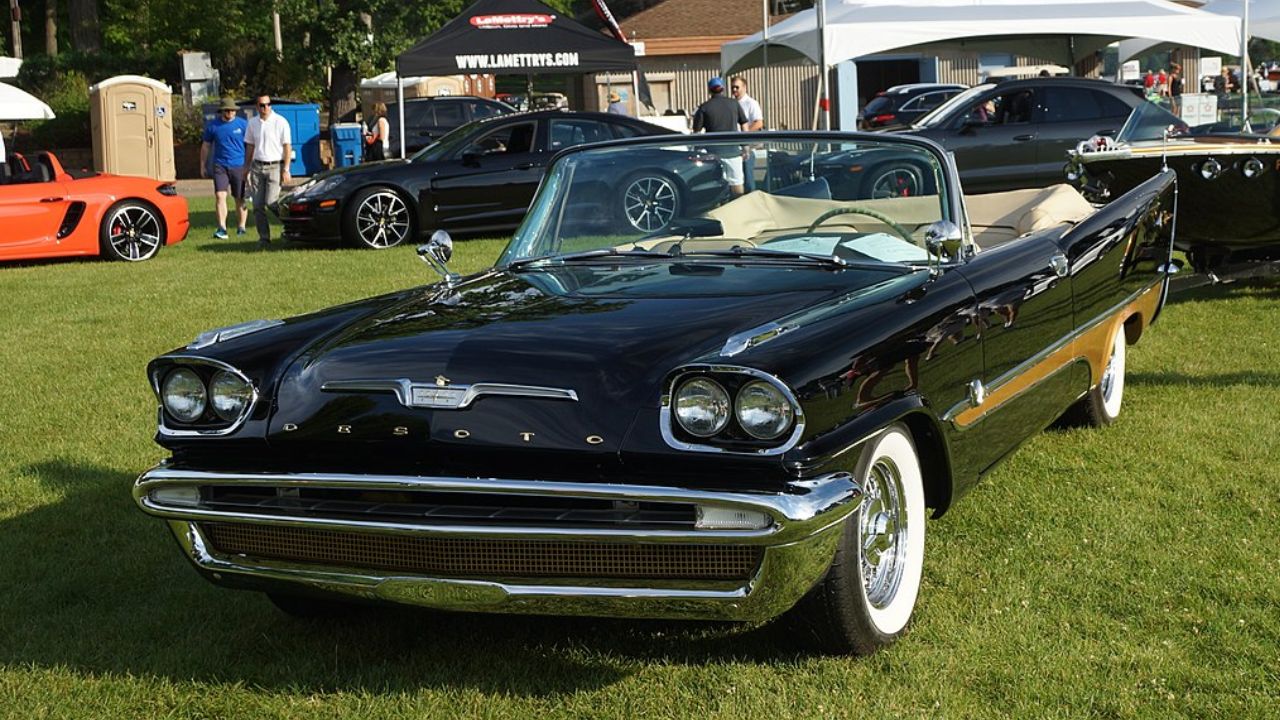
DeSoto’s Adventurer was technically a step up in Chrysler’s hierarchy, but it shared Plymouth’s performance intent. The 341 cubic-inch dual-quad HEMI in the 1957 Adventurer made a solid 345 hp—well above the Fury’s range. It came with gold trim, stiffened suspension, and a push-button Torqueflite auto. This was Chrysler’s idea of a high-style bruiser, while Plymouth kept things more restrained. But both showed that Chrysler was tired of playing catch-up to Ford and GM. The Adventurer was proof that performance was being built into every tier of the lineup—even if it came wrapped in a different badge.
Like Fast Lane Only’s content? Be sure to follow us.
Here’s more from us:
*Created with AI assistance and editor review.

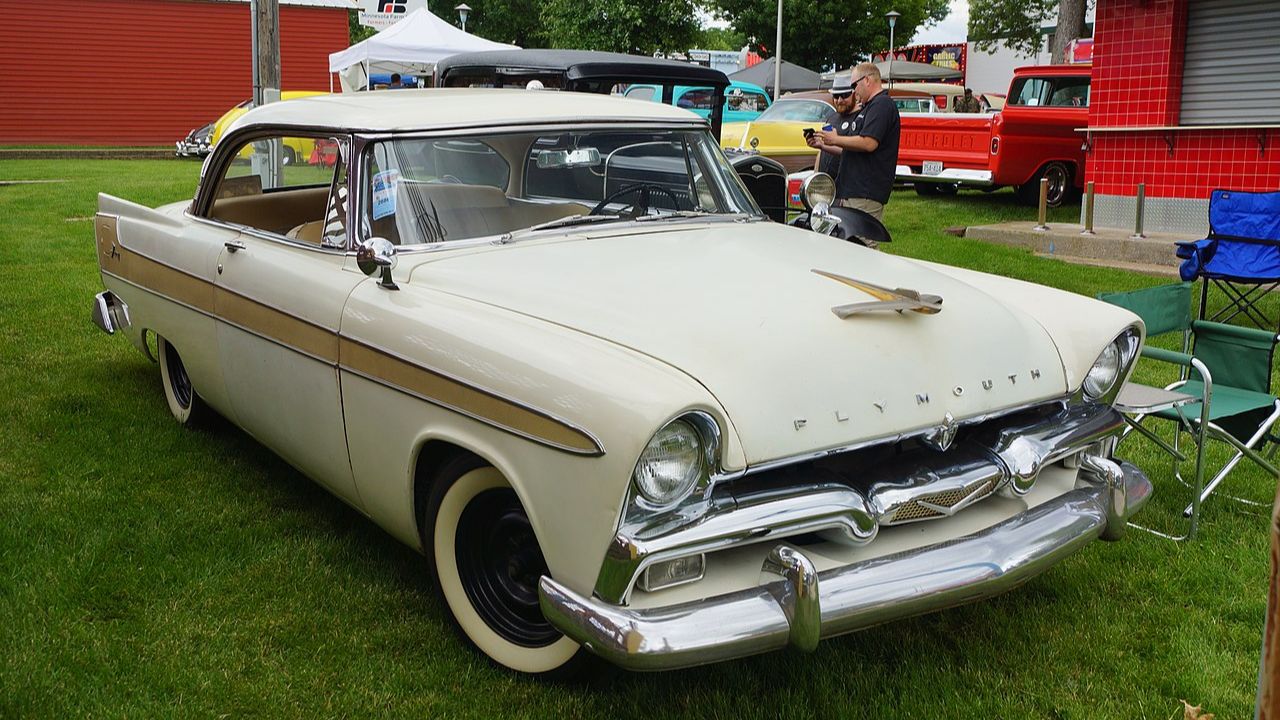
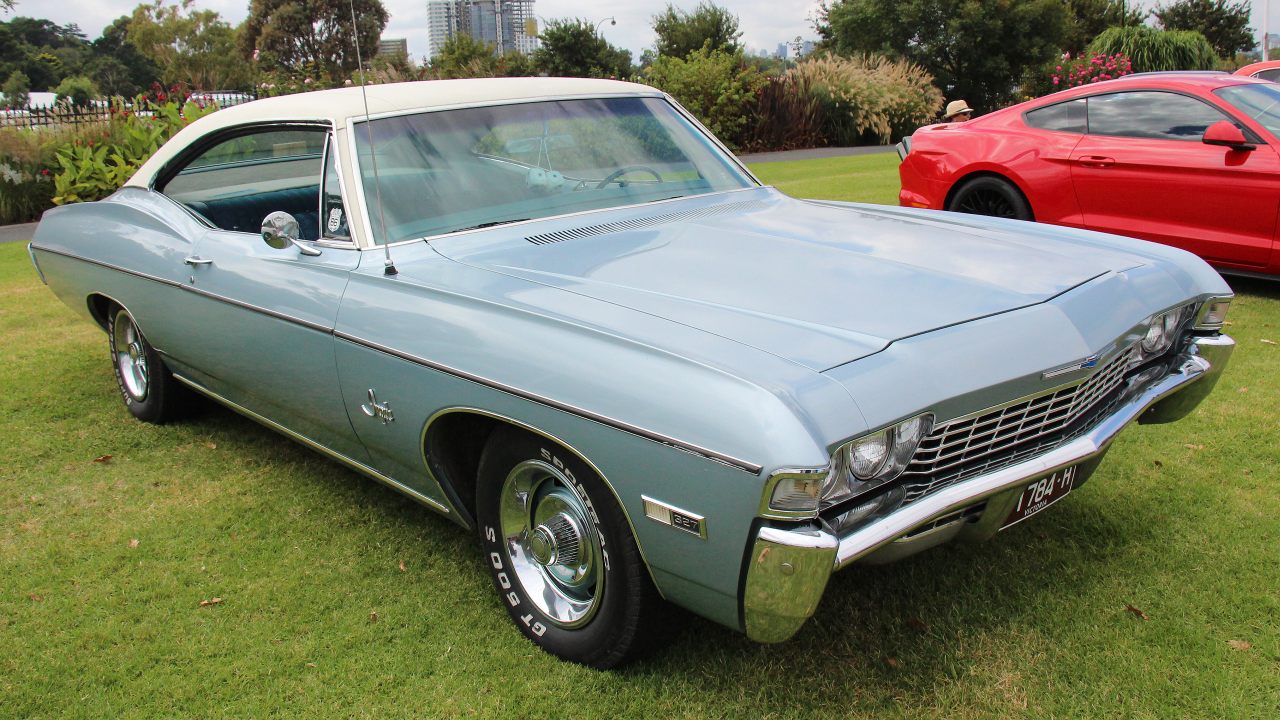
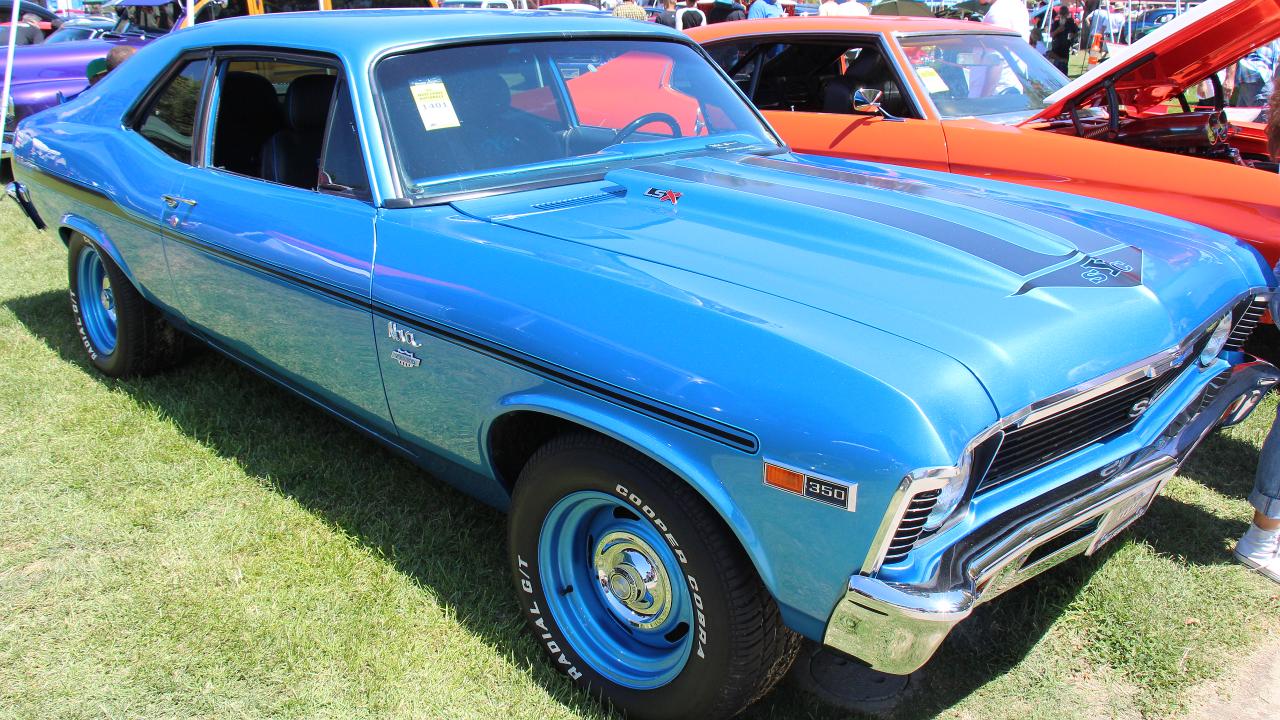
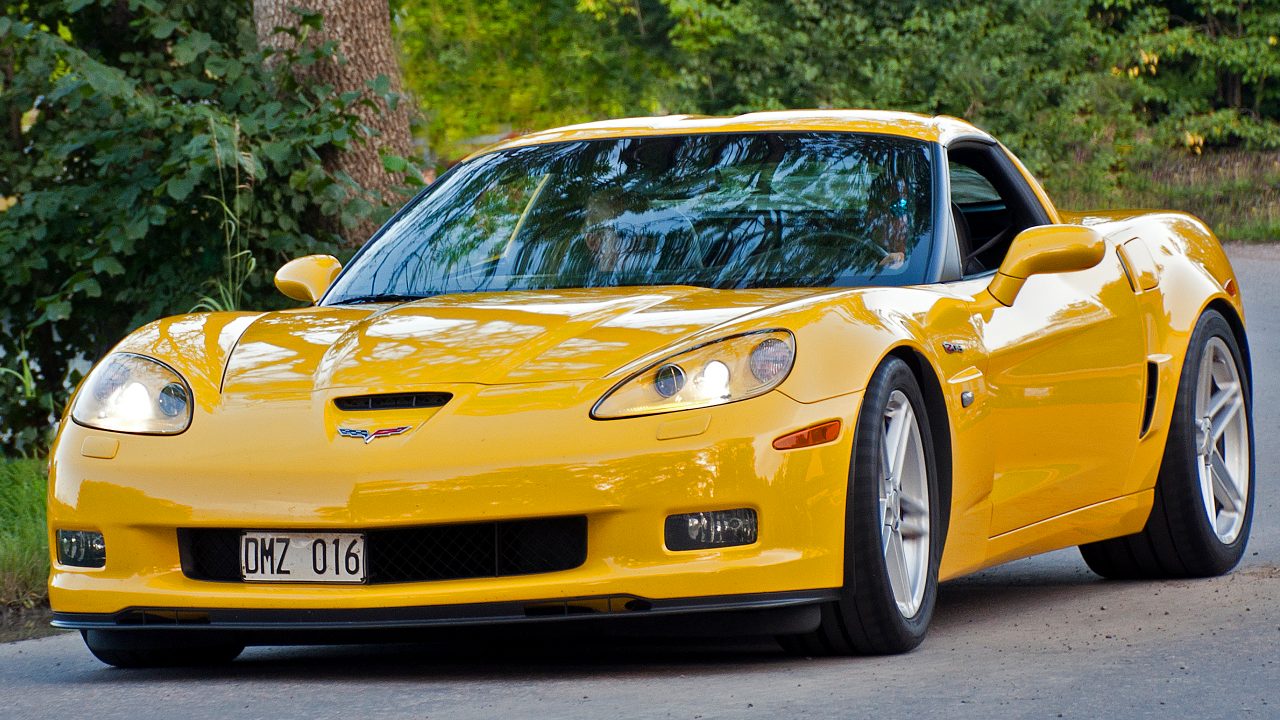
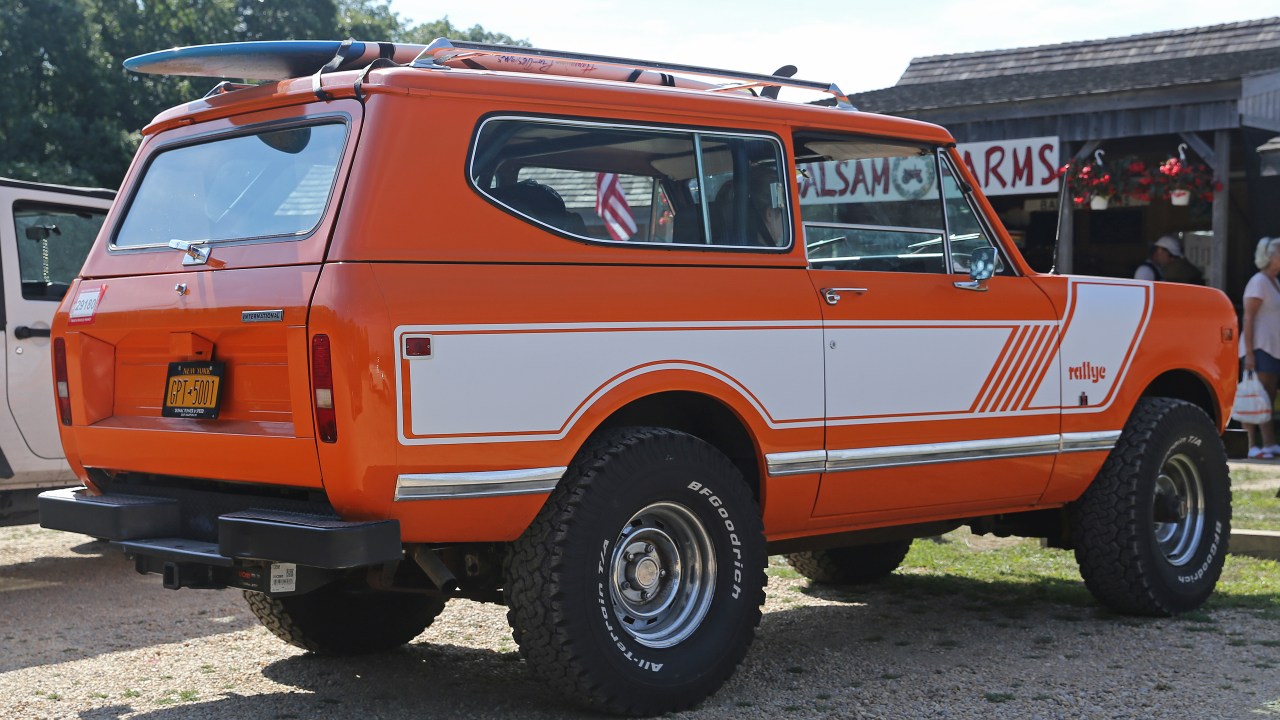
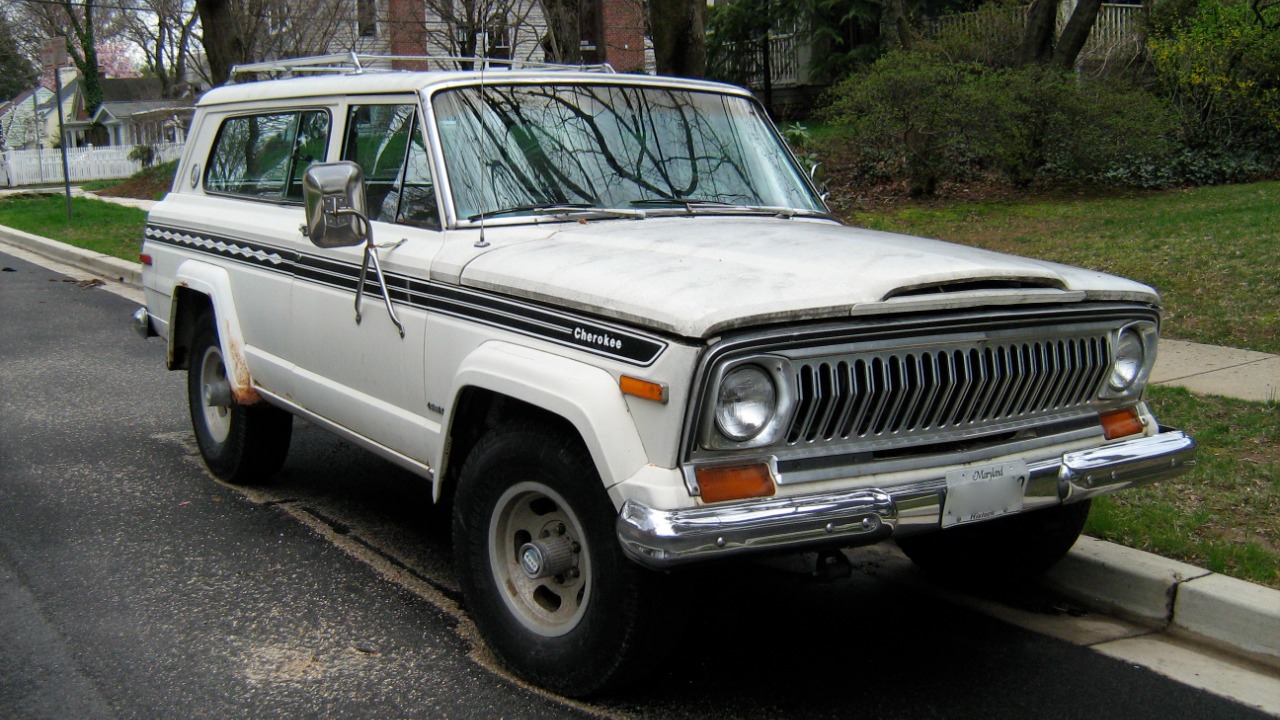
Leave a Reply